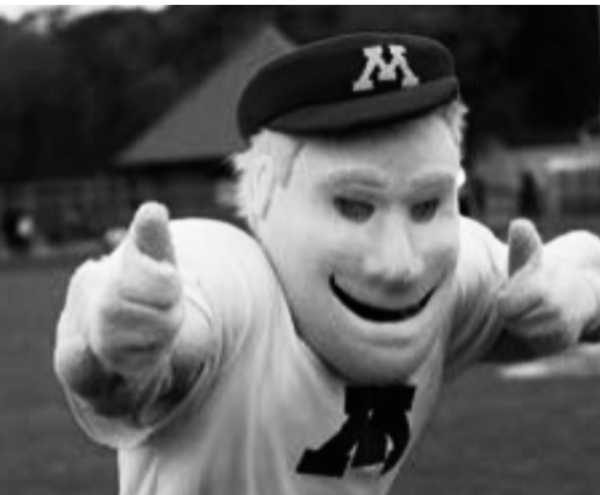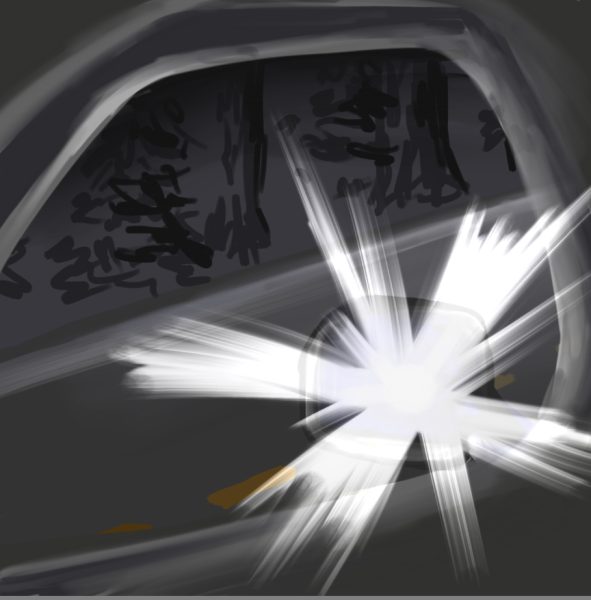Inclusive Education: One School Community
What was happening last week besides our usual daily grind of homework, lectures, and sub-par school lunches? All around the United States, schools were putting their hands together for a special celebration: Inclusive Schools Week. This celebration regarded the progress that schools have made in providing a supportive and quality education to an increasingly diverse student population, including students who are marginalized due to disability, gender, socio-economic status, cultural heritage, language preferences and other factors. In fact, Governor Mark Dayton signed a State of Minnesota Proclamation (the proclamation can be read at the end of this article) recognizing the week of December 1-5, 2014, as Inclusive Schools Week to raise awareness and designate an official week towards this cause. Now that the week has ended, I think it is high time that we recap what happened during this amazing week– and finish it all off with a cheer for inclusive education!
North Allegheny High School: Band directors in this district and elsewhere work closely with special education staff and parents to ensure the success of students of all abilities. “It’s awesome to see how far we’ve come,” said Tom Snyder, arts coordinator and former marching band director for the West Allegheny School District in an interview. “The change in education cannot be overstated. From kindergarten up, there is total diversity in the room. In a more ignorant time, everything was exclusive.”
Westwood Public Schools: Celebrated the week by screening the film, “Including Samuel,” a documentary by Daniel Habib about his son Samuel and their family’s efforts to provide an inclusive education for him, despite the fact that he has a disability. In the film you can see the struggles that the Habib family faces while trying to provide their son, who was diagnosed with cerebral palsy at the age of four, with as normal of an education as possible. If you haven’t seen the film, I highly recommend it! Sometimes we forget that the realities of our lives aren’t even close to the realities of the lives of others in our school and community.
Vienna Elementary School: The school sponsored a series of spirit days to raise awareness during which students wear different colors to show support. On Monday, students are asked to wear multicolored clothing to represent the puzzle piece for autism. Tuesday’s color was green, representing cerebral palsy. On Wednesday, students wore wear blue to show support for Angelman Syndrome, and on Thursday, the color of the day was purple to recognize students with Sanfillippo Syndrome. The colors of the day on Friday were black and white in recognition of rare conditions.
Roberto Clemente Schools: They celebrated Inclusive Schools Week by holding two professional development sessions for staff on accommodating and modifying instruction as well as supporting learners with social-emotional needs. Teachers also presented the “Get Into It” lesson plans from Special Olympics in their classrooms. They also held a door decorating contest around the questions “Why do you like being at an inclusive school?” and “What does inclusion mean to you?”
Each of these schools made a difference by simply being aware. Education, whether or not you complain about the impracticality of cosine and imaginary numbers in your real life, is a privilege that many of us take for granted. Inclusive Schools Week provides us a chance to take a step back, zoom out of our study grind, and analyze our school. Do we have something we could sponsor at Minnetonka? Do you have an idea to help another student achieve more? This week is meant to be a catalyst; the rest of the experiment is up to us to finish.
State of Minnesota Proclamation
Whereas: The week of December 1-5, 2014, is recognized as Inclusive Schools Week by the Inclusive Schools Network and Stetson and Associates, Inc.; and
Whereas: Minnesota is committed to providing education in schools and classrooms that is welcoming and capable of educating all of our children; and
Whereas: Minnesota educators recognize that each child has different skills and abilities, which means they learn better if we tailor education to meet their needs; and
Whereas: Minnesota educators and families have been working hard to ensure that classrooms and schools are characterized as being high performing and inclusive; and
Whereas: Minnesota educators and families have contributed significantly to building a stronger and more inclusive community through their efforts to make school and classrooms high performing and inclusive; and
Whereas: Minnesota educators and families deserve to celebrate their successes and wish to reflect on how they might even further improve; and
Whereas: Minnesota educators and families have joined with schools, districts, and communities around the country in celebrating Inclusive Schools Week.





































